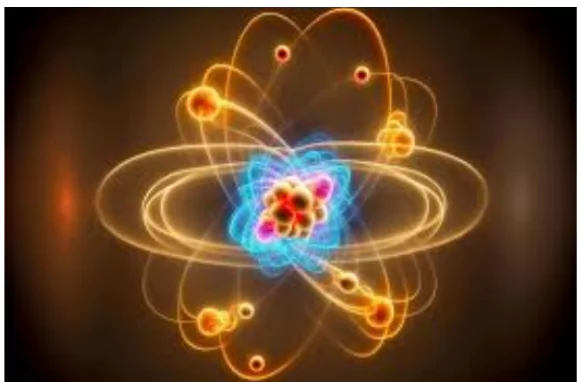![]() 10 Jun 2025
10 Jun 2025
Scientists at the University of Jyväskylä, Finland detected and measured the half-life of the 188At (Astatine) isotope which decayed by emitting a proton.
 Why Proton Emission Happens?
Why Proton Emission Happens?
About Astatine (At)
|
|---|

<div class="new-fform">
</div>